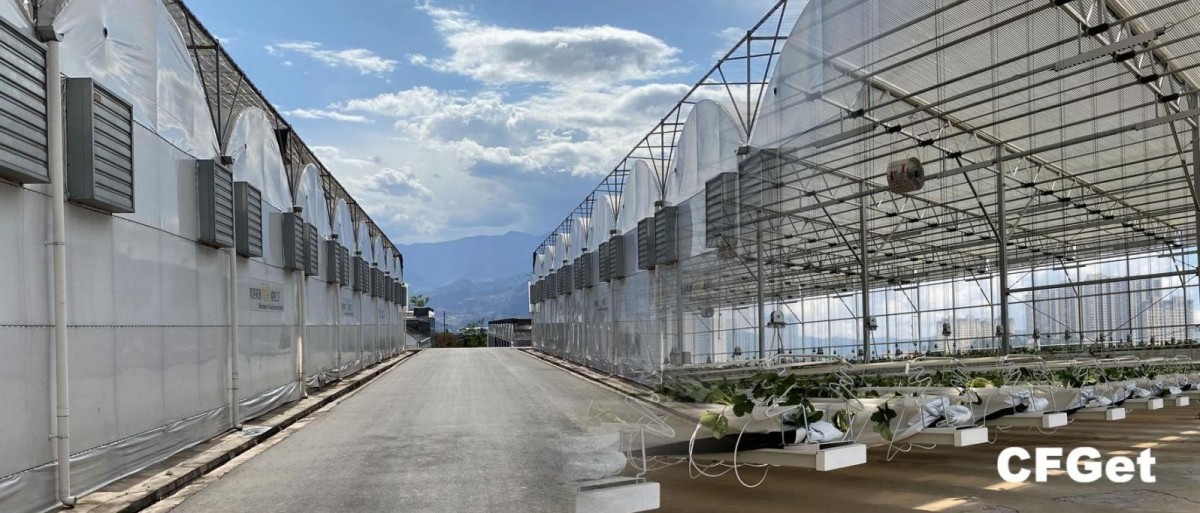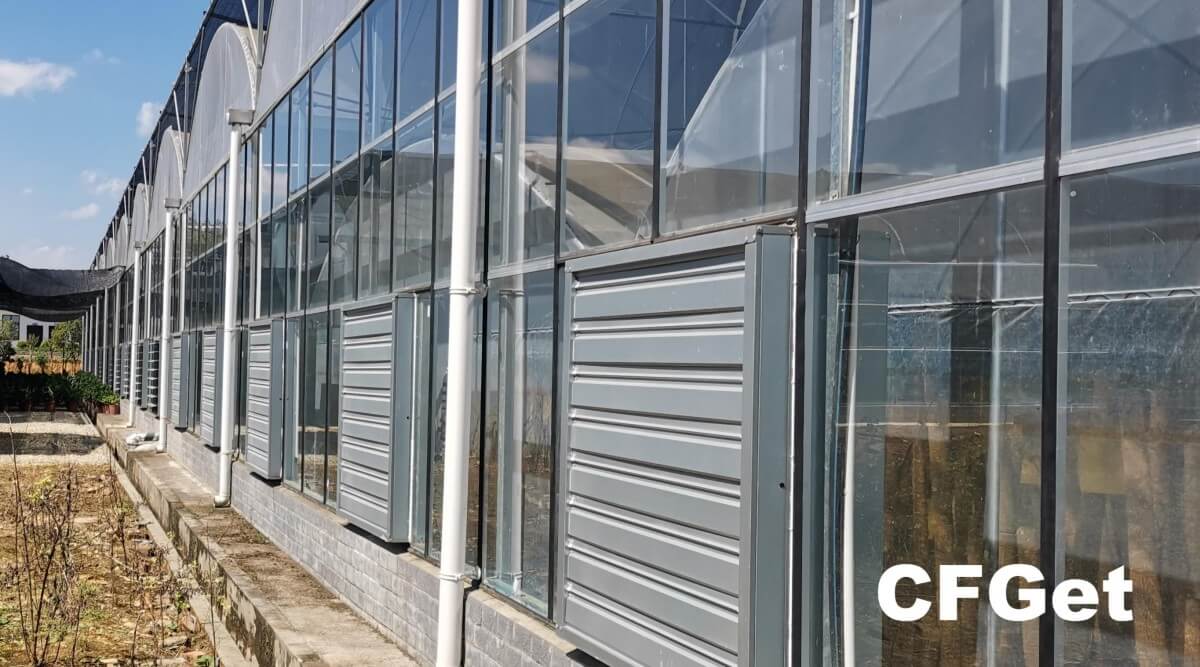In greenhouse farming, proper air circulation and temperature control are key factors in plant health. You may have heard the term “negative pressure” before, but what exactly is it, and how does it affect your greenhouse plants? If you’re curious, let’s dive into how negative pressure works in greenhouses and its impact on plant growth!
What is Negative Pressure?
First, let’s define negative pressure. In a greenhouse, negative pressure occurs when the air pressure inside is lower than the pressure outside. In other words, more air is being expelled from the greenhouse than is being allowed to enter, creating an imbalance.
Negative pressure often results from improper ventilation system design or overpowered fans. In such cases, the air circulation becomes uneven, which can affect plant growth.
How Does Negative Pressure Affect a Greenhouse?
The impact of negative pressure on a greenhouse can be both positive and negative. While some degree of negative pressure can be beneficial, if not properly controlled, it can have negative consequences for your plants.
Negative Effects of Negative Pressure:
*1. Poor Air Circulation
One of the most immediate impacts of negative pressure is poor air circulation. If the greenhouse is not designed correctly, negative pressure can cause the air to stagnate inside, preventing excess moisture from escaping. This can lead to high humidity levels, creating an ideal environment for the growth of harmful pathogens, which could harm your crops.
*2. Low Carbon Dioxide Levels
Plants rely heavily on carbon dioxide for photosynthesis. If negative pressure becomes too intense, it may restrict the influx of carbon dioxide into the greenhouse, resulting in low CO2 levels. This can reduce the efficiency of photosynthesis, negatively affecting plant growth and yield.
Positive Effects of Negative Pressure:
*1. Helps with Humidity Control
While negative pressure has its drawbacks, it can also play a positive role in controlling excess humidity. If there is too much moisture buildup in the greenhouse, negative pressure can help expel this moisture, maintaining a drier environment and reducing the risk of diseases.
*2. Improves Air Exchange
At times, negative pressure can help expel warm and humid air from the greenhouse quickly, which helps regulate temperature and humidity. This can be particularly useful in hot weather, as it helps keep the greenhouse at a comfortable temperature for plants, preventing heat stress.
How to Effectively Control Negative Pressure?
To ensure that negative pressure doesn’t become problematic, it’s essential to have a well-managed ventilation system and control measures in place:
*1. Design an Efficient Ventilation System
The greenhouse’s ventilation system plays a critical role in managing negative pressure. Proper intake and exhaust systems should be designed to balance the airflow, ensuring that air can circulate freely. Fans and exhaust systems should be adjusted based on the size of the greenhouse and the needs of the crops.
*2. Regularly Monitor Environmental Conditions
Humidity, temperature, and air circulation should be regularly monitored in the greenhouse. If negative pressure becomes too high, leading to poor airflow, humidity may increase. By installing automated ventilation systems, you can adjust fan speeds based on real-time data to keep the environment balanced.
*3. Optimize Greenhouse Sealing
The sealing design of the greenhouse is also crucial. If the greenhouse is too tightly sealed, it can exacerbate negative pressure, leading to poor airflow. A well-balanced level of air permeability can help prevent excessive negative pressure and maintain a proper airflow balance.
Negative Pressure Isn’t Always Bad – Just Keep It in Check
In greenhouse farming, negative pressure isn’t inherently bad—it can actually help maintain a healthier growing environment in certain circumstances. When managed correctly, it can assist with controlling humidity and temperature, and improve air circulation. However, if not carefully controlled, it can cause poor airflow and reduce CO2 levels, which may harm plant health and yield.
By using the right design and management techniques to control negative pressure, you can create a healthier environment for your plants and enjoy better results in your greenhouse!
#GreenhouseManagement #NegativePressure #GreenhouseVentilation #PlantHealth #AgricultureTechnology #HumidityControl #CO2Levels #Airflow #GreenhouseDesign
Email: info@cfgreenhouse.com
Phone: +86 13550100793
Post time: Jan-07-2025









 Click to Chat
Click to Chat